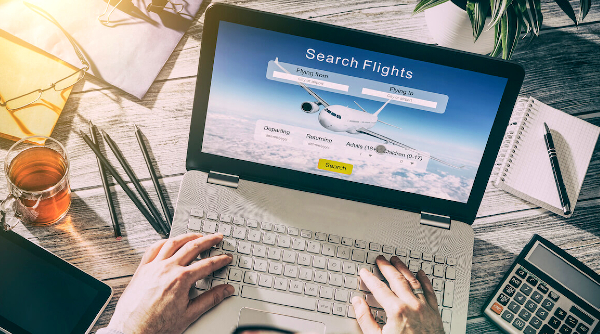Traveling has never been easier thanks to the rise of digital payments. Whether you’re booking flights, paying for meals, or buying souvenirs, mobile wallets, credit cards, and online banking have streamlined financial transactions. However, this convenience comes with its own set of risks. Here are some essential tips to ensure your safety when using digital payments while traveling.
1. Secure Your Devices
Before you leave, ensure that your smartphone, tablet, and laptop are secured:
- Use strong passwords or biometric authentication.
- Install security software and keep your operating system and apps updated.
- Enable remote wipe features in case your device is lost or stolen.
2. Be Cautious with Public Wi-Fi
Public Wi-Fi networks in airports, hotels, and cafes are convenient but often insecure. Hackers can intercept your data if you’re not careful. To protect yourself:
- Avoid accessing sensitive accounts or making payments on public networks.
- Use a Virtual Private Network (VPN) for secure connections.
- If you must use public Wi-Fi, only visit sites with HTTPS encryption.
3. Enable Payment Notifications
Most banks and payment platforms allow you to enable real-time alerts for transactions. These notifications can help you quickly spot any unauthorized activity.
4. Carry Backup Payment Methods
While digital payments are convenient, it’s wise to have a backup plan. Carry:
- At least one physical credit card.
- Some local currency in case digital options are unavailable.
5. Beware of Phishing Scams
Scammers often target travelers through phishing emails, texts, or fake websites. To avoid falling victim:
- Never click on links from unknown sources.
- Verify URLs before entering your payment details.
- Contact your bank or payment service directly if something seems suspicious.
6. Use Secure Payment Methods
Stick to reputable digital payment services and apps. Look for those with built-in security features, such as:
- Two-factor authentication (2FA).
- Transaction encryption.
- Fraud monitoring and protection policies.
7. Set Spending Limits
Many banks and payment apps allow you to set daily or transaction-based spending limits. This can help minimize losses if your account is compromised.
8. Keep Emergency Contact Numbers Handy
In case of lost cards or suspicious transactions, having the emergency contact numbers for your bank and payment providers is crucial. Save these numbers in your phone and write them down separately as a backup.
9. Be Vigilant at ATMs
If you need to withdraw cash:
- Use ATMs located in secure, well-lit areas, preferably inside banks.
- Inspect the machine for signs of tampering, such as loose card slots or hidden cameras.
- Shield your PIN entry from prying eyes.
10. Monitor Your Accounts
Regularly check your bank and payment app statements for unauthorized transactions. Report any discrepancies immediately to your financial institution.


